<!-- wp:image {"id":23704,"sizeSlug":"large"} -->
<!-- /wp:image --><!-- wp:paragraph -->
Aggressive cluster containment and flushout, be it in UP or Delhi, is the only way to tackle COVID-19
<!-- /wp:paragraph --><!-- wp:paragraph -->
Cluster containment, sealing, testing and lockdowns are now no longer administrative decisions. Affected people are beginning to internalise these choices as a necessary evil and are rewiring their lives around them. When you read reports of some women in Jammu, wearing plastic gear, completely sealing their locality from outsiders and maintaining vigil themselves, then you know that nobody wants to make a fatal flaw. Yes, the overnight building of invisible walls and the possibility of prolonged house arrest did distress people in hotspot clusters in Uttar Pradesh (UP), particularly Noida, sending them into war-time paranoia of stocking up more than was needed, but two days on, there is a drill. There is an essential service hotline and an app, a dedicated vendor assigned to each sealed area for fruits, vegetables, rations and medicines, and an SMS alert to pick up rations from a neighbourhood or society gate, according to time slots mentioned over such alerts. This means there is no over-crowding. Other than that, every resident is being confined indoors and not allowed to stray into any common space. Masks are mandatory and neighbourhood watchdogs are themselves handing over violators to the police. The Bhilwara model has pretty much become the drill for cluster containment, particularly in UP. In fact, apartment blocks and condominiums in Noida and Greater Noida had already ensured that their inmates with a travel history went into quarantine much before the national lockdown. The jump in the number of the Coronavirus cases is a cause of concern and the State Government is pretty much firm it won’t ease the lockdown till there is no possibility of prospective spread of the disease. Like Delhi, UP’s spike has been fuelled by Tablighi attendees. Nearly 1,600 Tablighi members have so far been identified in the State, of which over 1,200 have been quarantined. The authorities are in the process of tracking down the remaining Tablighi members for screening and quarantining and have even urged them to voluntarily come forward in the interest of their family’s health. No study is required to understand that there is a subterranean trellis of the disease that has quietly spread to communities that regularly engage with each other and form a part of the economic chain of demand and supply. This is why it is a challenge in UP to even get the agricultural chain going, from harvesting to procurement depots. The flight of migrant labourers has caused an acute shortage of farm hands. But if the lockdown is withdrawn prematurely, then it could defeat the purpose of the 21-day brakes and lead to a runaway situation. Also food rations are available now but without containment at this stage, there could be no economic activity going forward with the disease swamp. That could lead to more shortages, crops wasting in the farms and no supplies, sparking off a second humanitarian crisis that nobody wants. No agricultural belt in India can afford a compound crisis at this point.
<!-- /wp:paragraph --><!-- wp:paragraph -->
However, UP needs to follow up this disciplined confinement with active testing. The State Government is expanding the network of testing facilities to 24 and is upgrading various district hospitals in 14 districts, including Kannauj, Jalaun, Noida, Greater Noida, Ayodhya, Bahraich, Shahjahanpur and Saharanpur, to deal not only with the Coronavirus but any medical emergency of the future. Given its size and population, UP needs aggressive testing in clusters and faster serology tests besides pool tests. Once the trend is clearer district-wise, then it can get the local economy going with agricultural businesses and perhaps industrial production in zero districts. But at this point of time, both UP and Maharashtra, despite having high clusters, have to pretty much just hold fort as the shipments of serological test kits have not arrived in the country yet. Sources say at least five deadlines have been missed. So rapid testing is not possible at the moment and there can only be RT-PCR tests in clusters. Neither can we let precious test kits go waste. Till the data is not clear, only a lockdown at this point can push back a bulge. Wuhan did it for 76 days, in London it has been a month and Odisha has voluntarily shut itself off till April 30. Delhi’s Operation Shield in Dilshad Garden, where every house was screened and isolated, is now virus-free. Without capacity-building, India’s fight against COVID-19 will have to be about choking a silent monster at the earliest than allowing it a crack to slip through.
<!-- /wp:paragraph --><!-- wp:paragraph -->
(Courtesy: The Pioneer)
<!-- /wp:paragraph -->







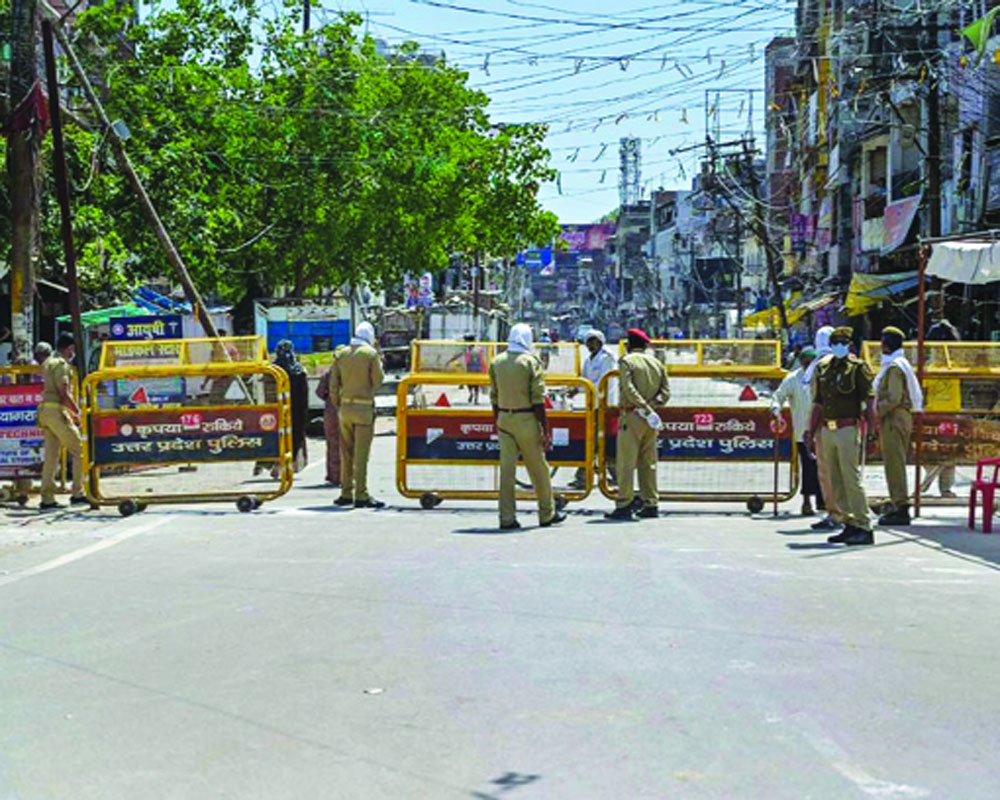
 OpinionExpress.In
OpinionExpress.In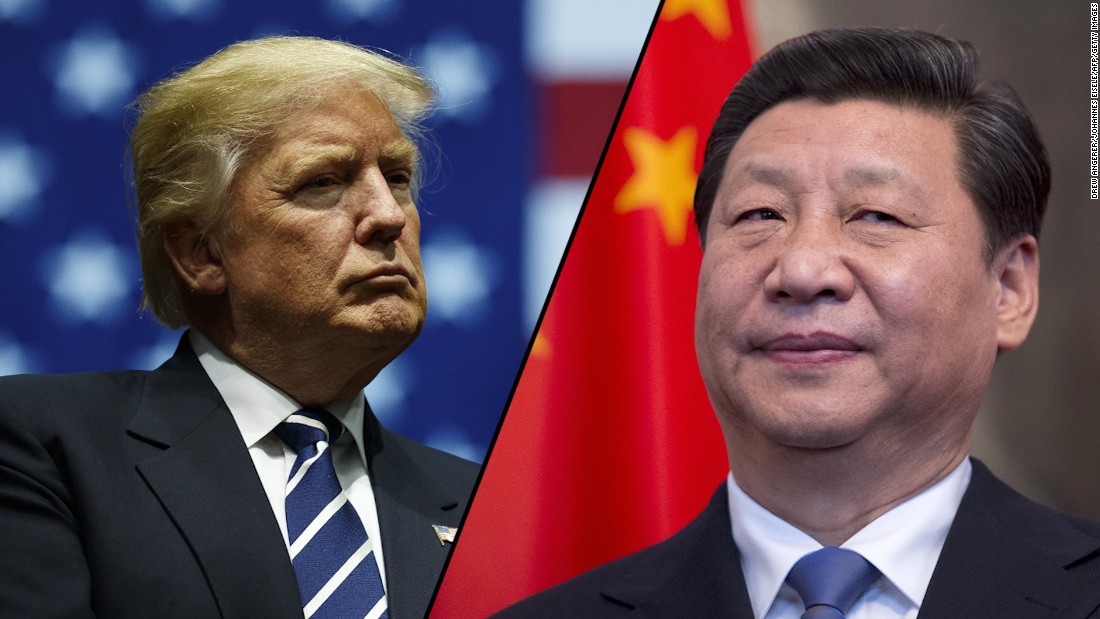


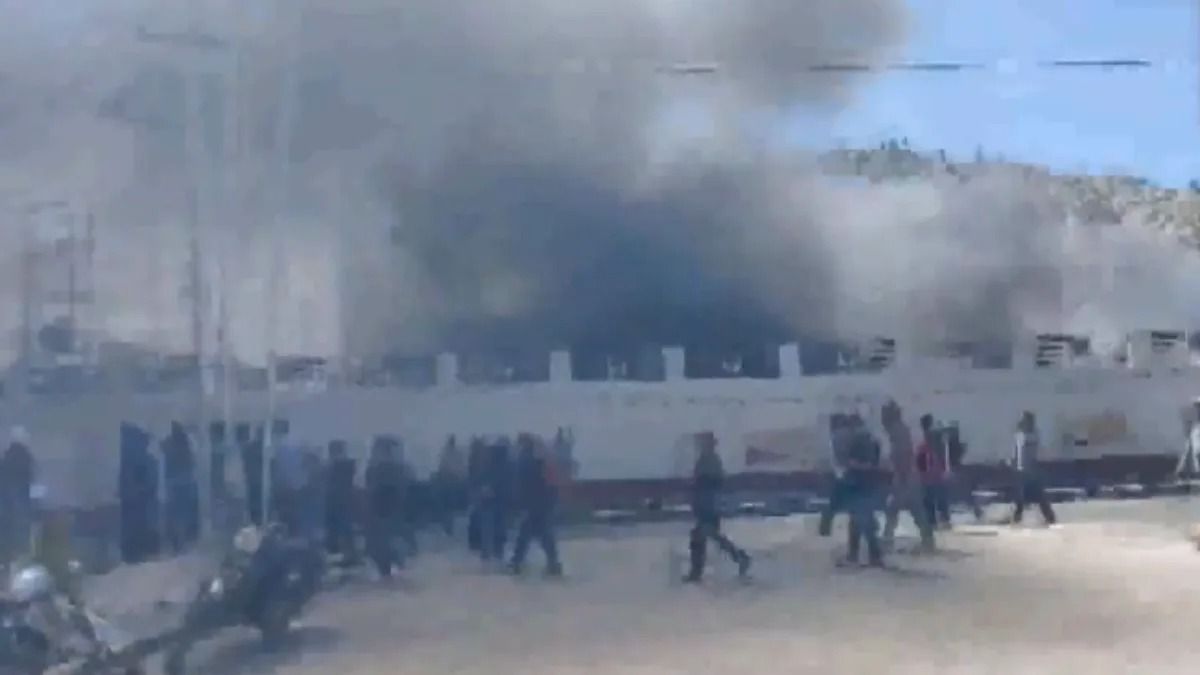
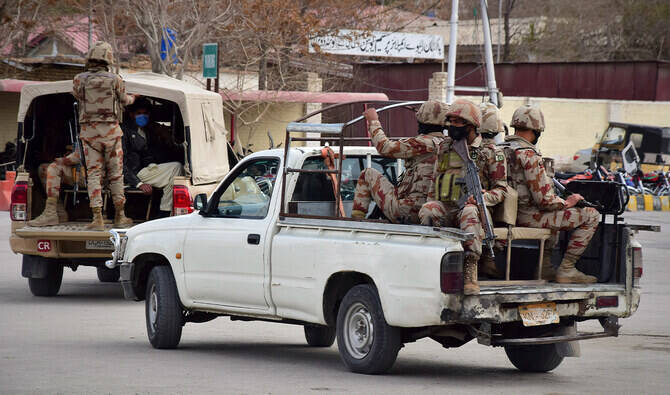
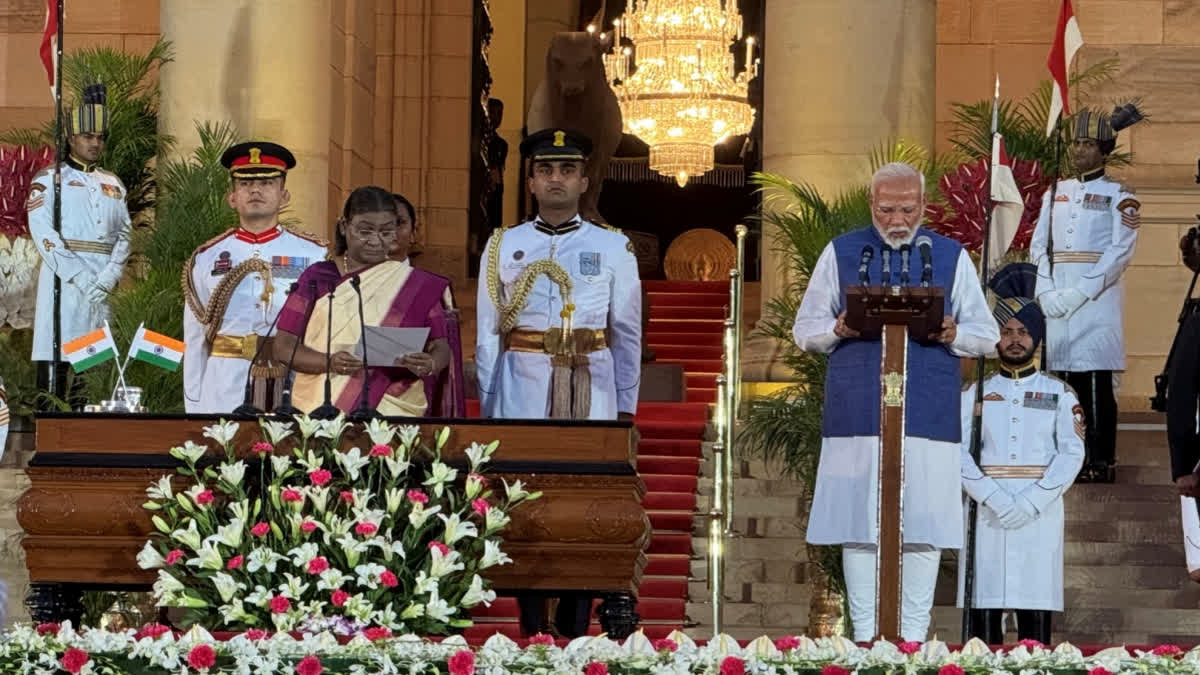
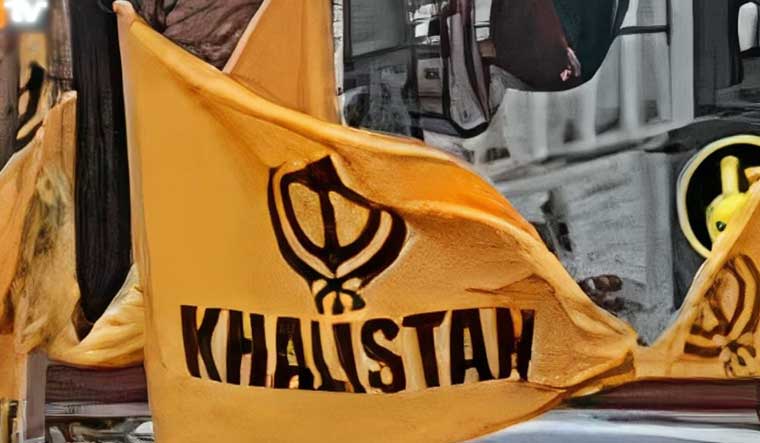
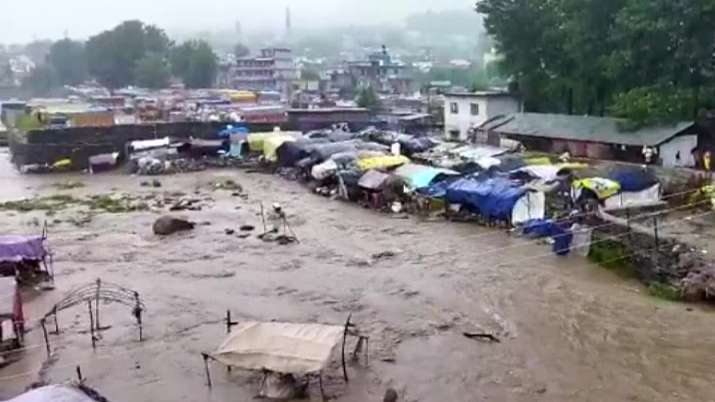
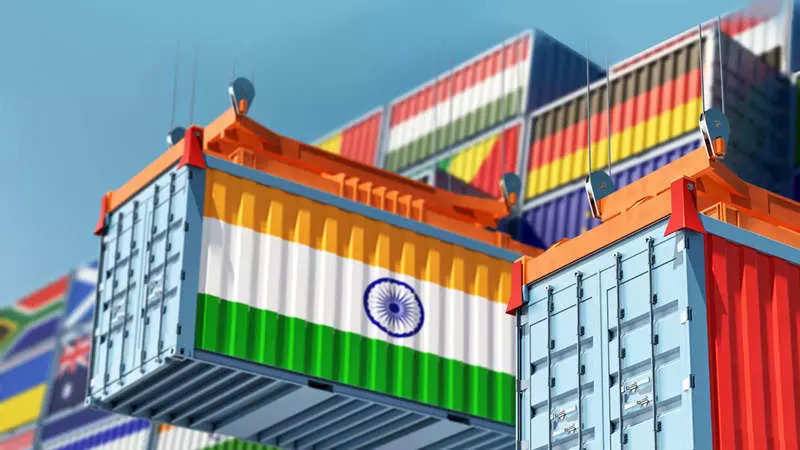







Comments (0)